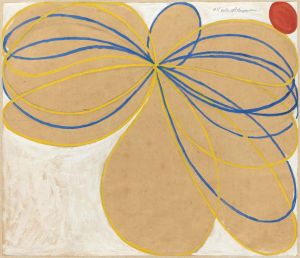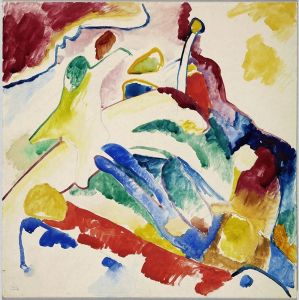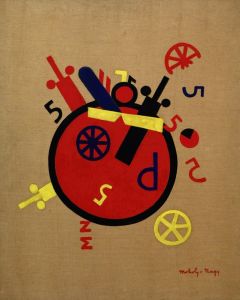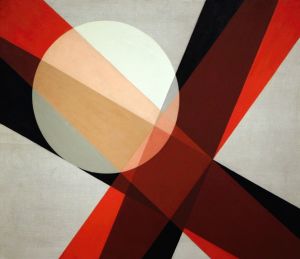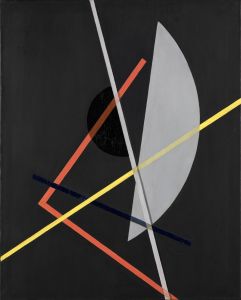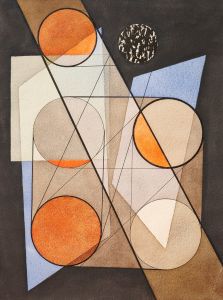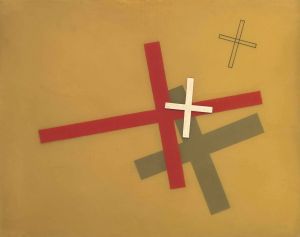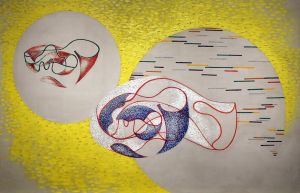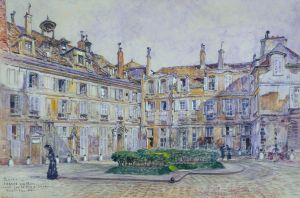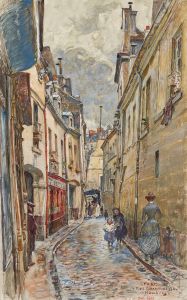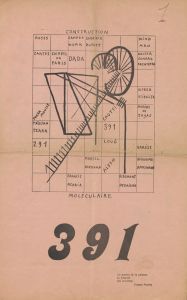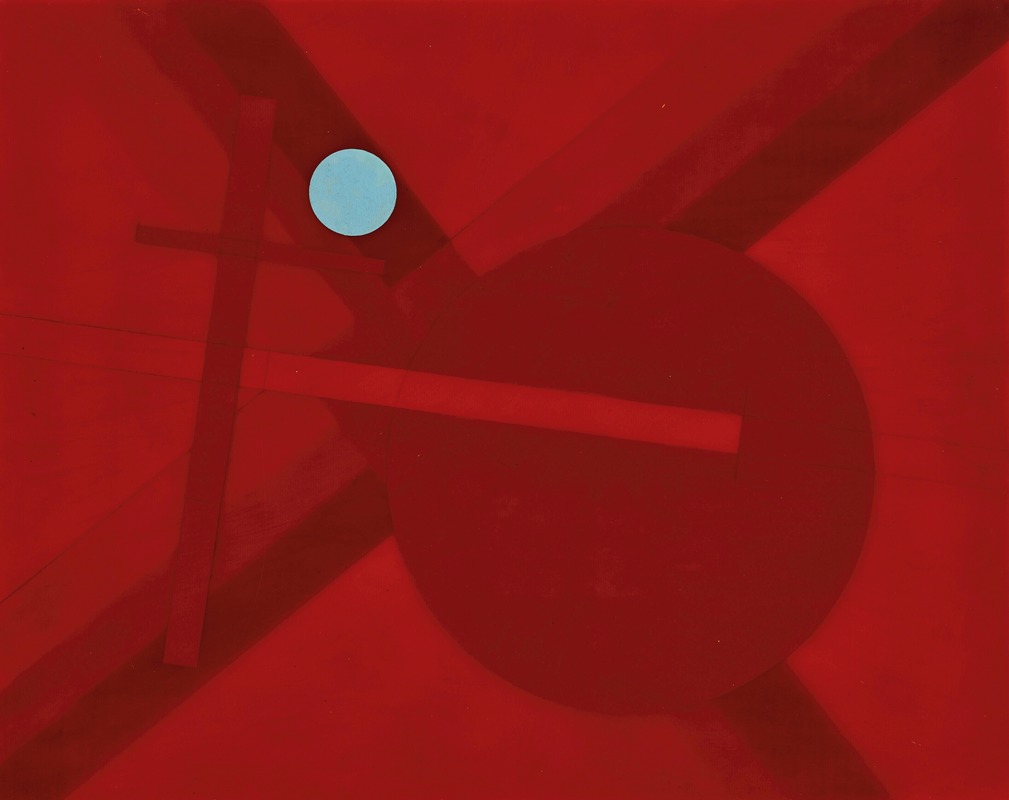
Composition G4
A hand-painted replica of László Moholy-Nagy’s masterpiece Composition G4, meticulously crafted by professional artists to capture the true essence of the original. Each piece is created with museum-quality canvas and rare mineral pigments, carefully painted by experienced artists with delicate brushstrokes and rich, layered colors to perfectly recreate the texture of the original artwork. Unlike machine-printed reproductions, this hand-painted version brings the painting to life, infused with the artist’s emotions and skill in every stroke. Whether for personal collection or home decoration, it instantly elevates the artistic atmosphere of any space.
László Moholy-Nagy's Composition G4 is a work created by the Hungarian artist and Bauhaus educator, who is widely recognized for his contributions to modern art and design in the early 20th century. Moholy-Nagy was a pioneer in integrating technology and industrial materials into art, and his works often explored abstraction, light, and spatial relationships. However, specific information about Composition G4 is scarce, and its creation date, medium, and current location are not widely documented in public records or major art historical sources.
Moholy-Nagy's artistic practice was deeply influenced by Constructivism and the Bauhaus movement, where he served as a professor and head of the metal workshop from 1923 to 1928. His works often employed geometric forms, clean lines, and a focus on the interplay of light and transparency. While Composition G4 is not among his most frequently discussed works, it is likely to reflect these core elements of his artistic philosophy.
Given the lack of detailed information about Composition G4, it is important to situate it within the broader context of Moholy-Nagy's oeuvre. His experiments with photograms, kinetic sculptures, and paintings often aimed to challenge traditional notions of art and embrace the possibilities of modern technology. Moholy-Nagy's legacy continues to influence contemporary art, design, and architecture.
Further research into museum collections, auction records, or specialized art historical texts may provide additional insights into Composition G4. For now, the specifics of this particular work remain elusive.





![Karnac [Karnak]. Nov. 29th, 1838](/imgs/217503/s/david-roberts-karnac-karnak-nov-29th-1838-5a10b435.jpg)
